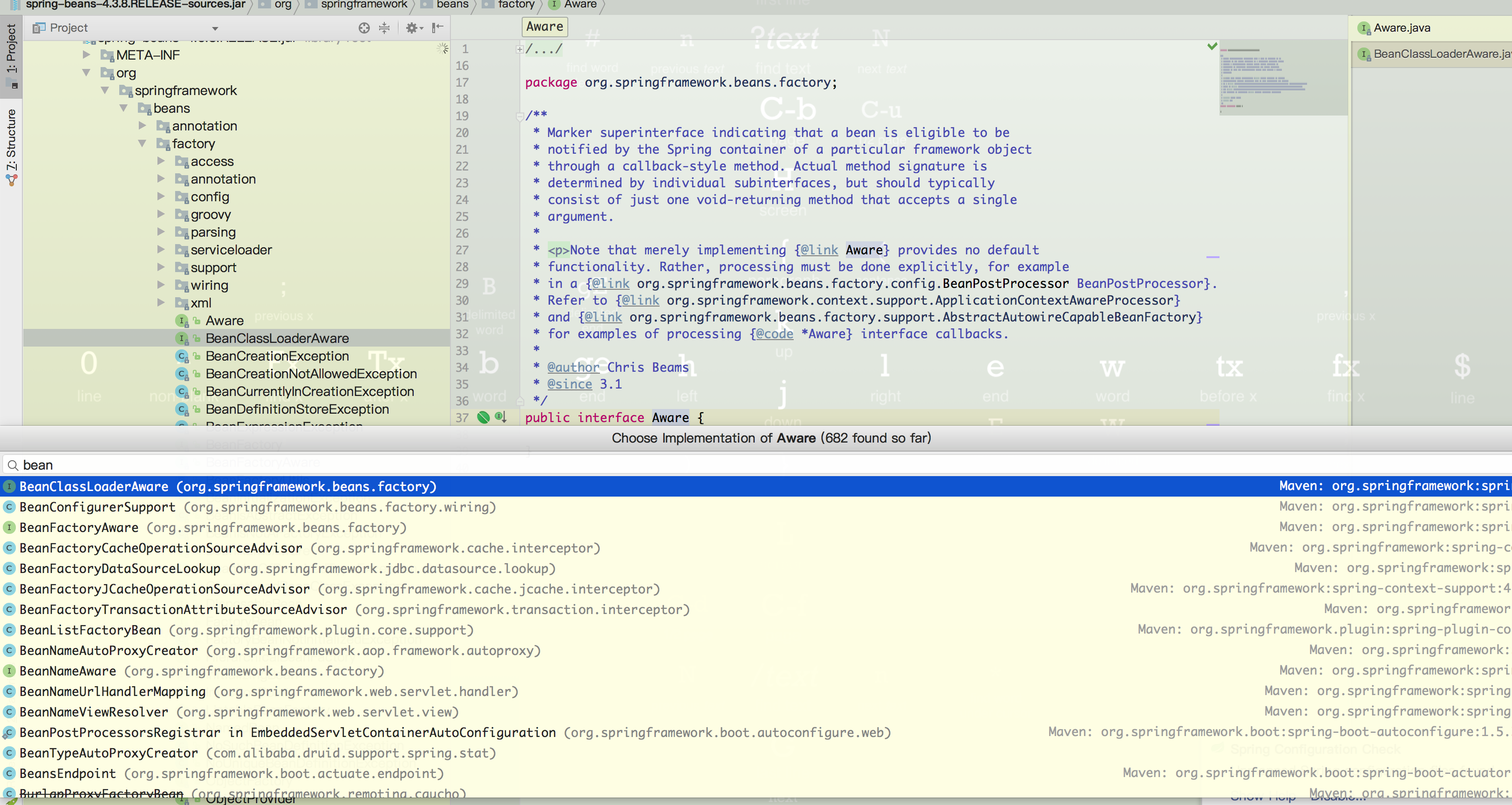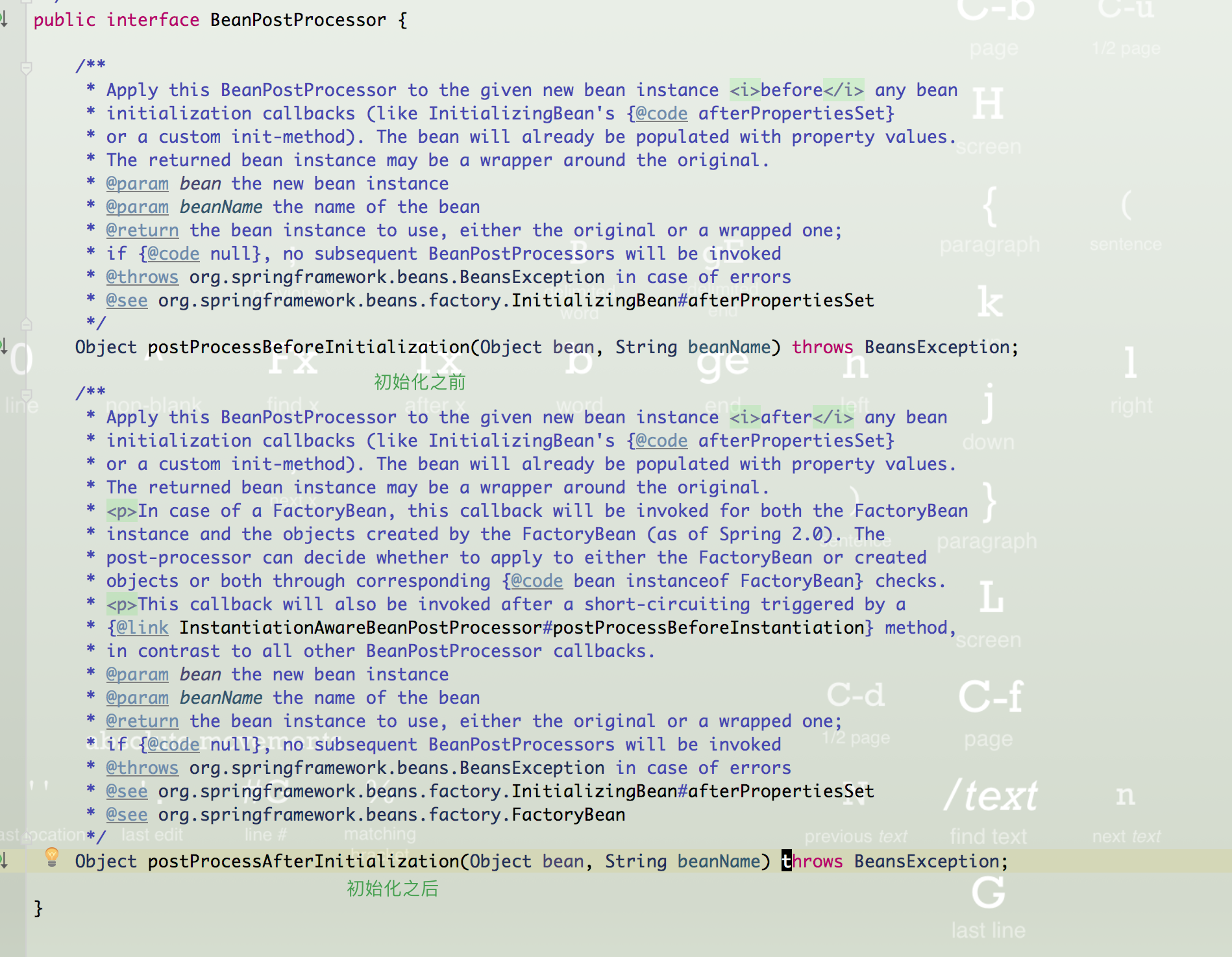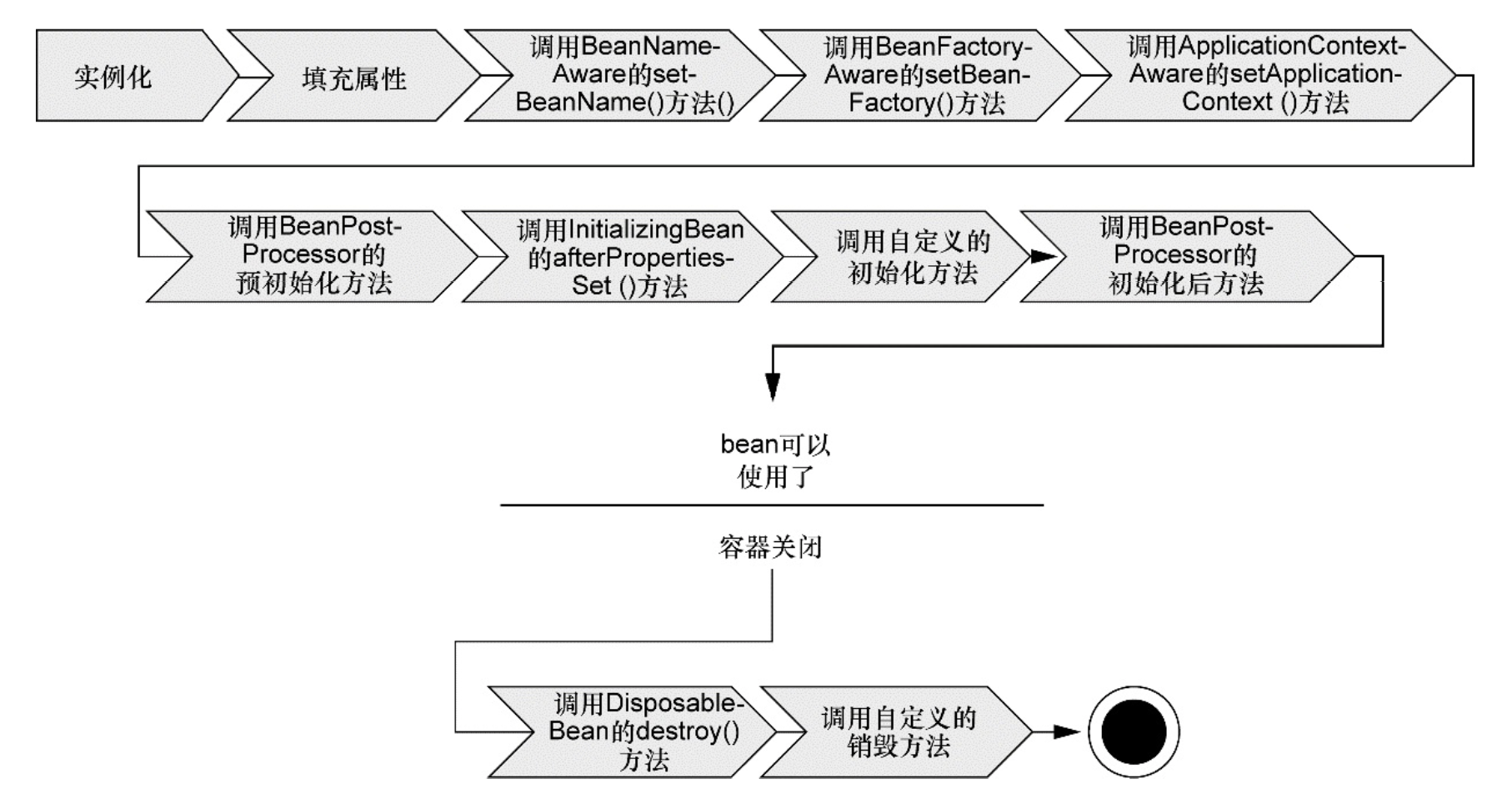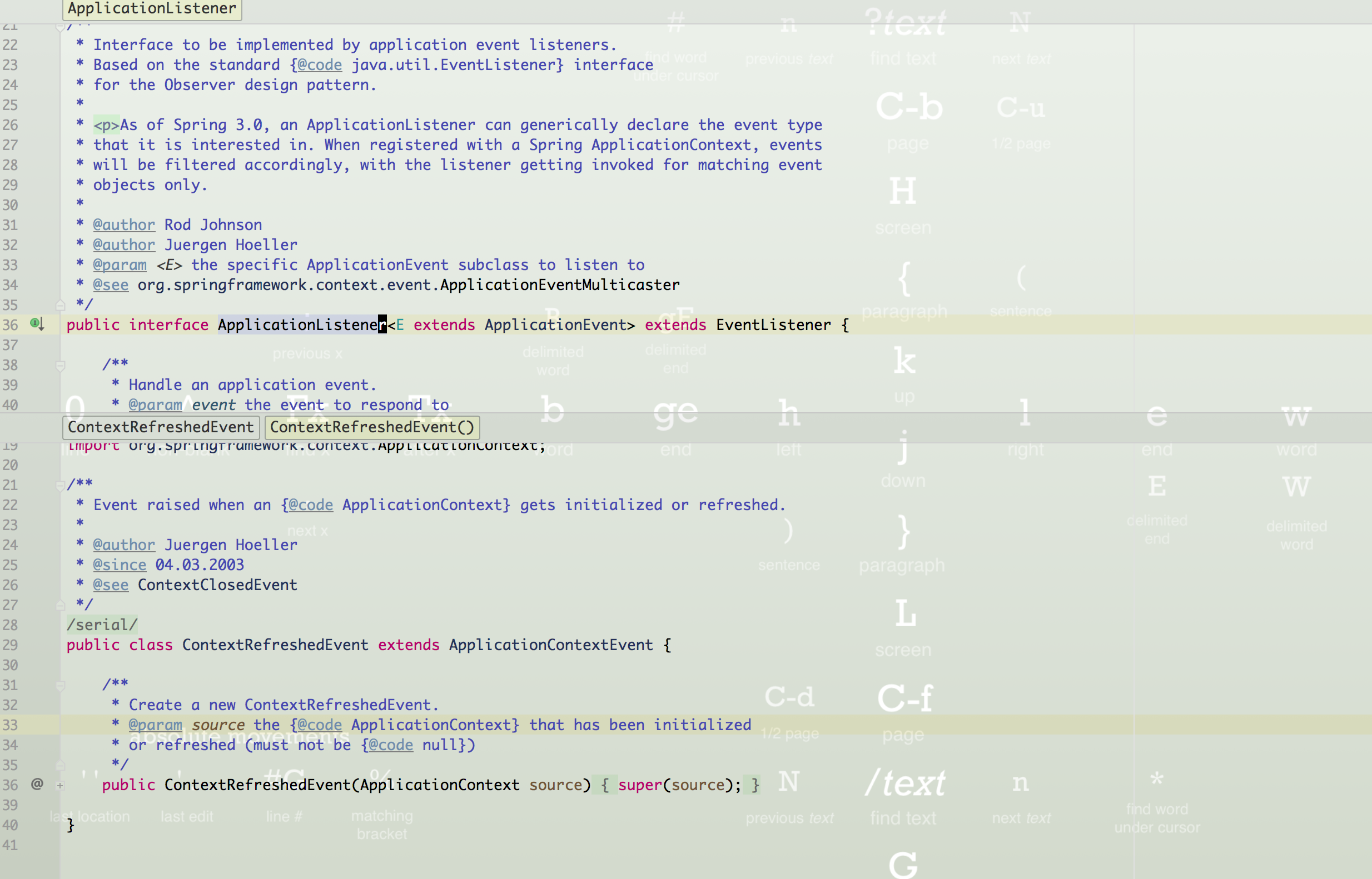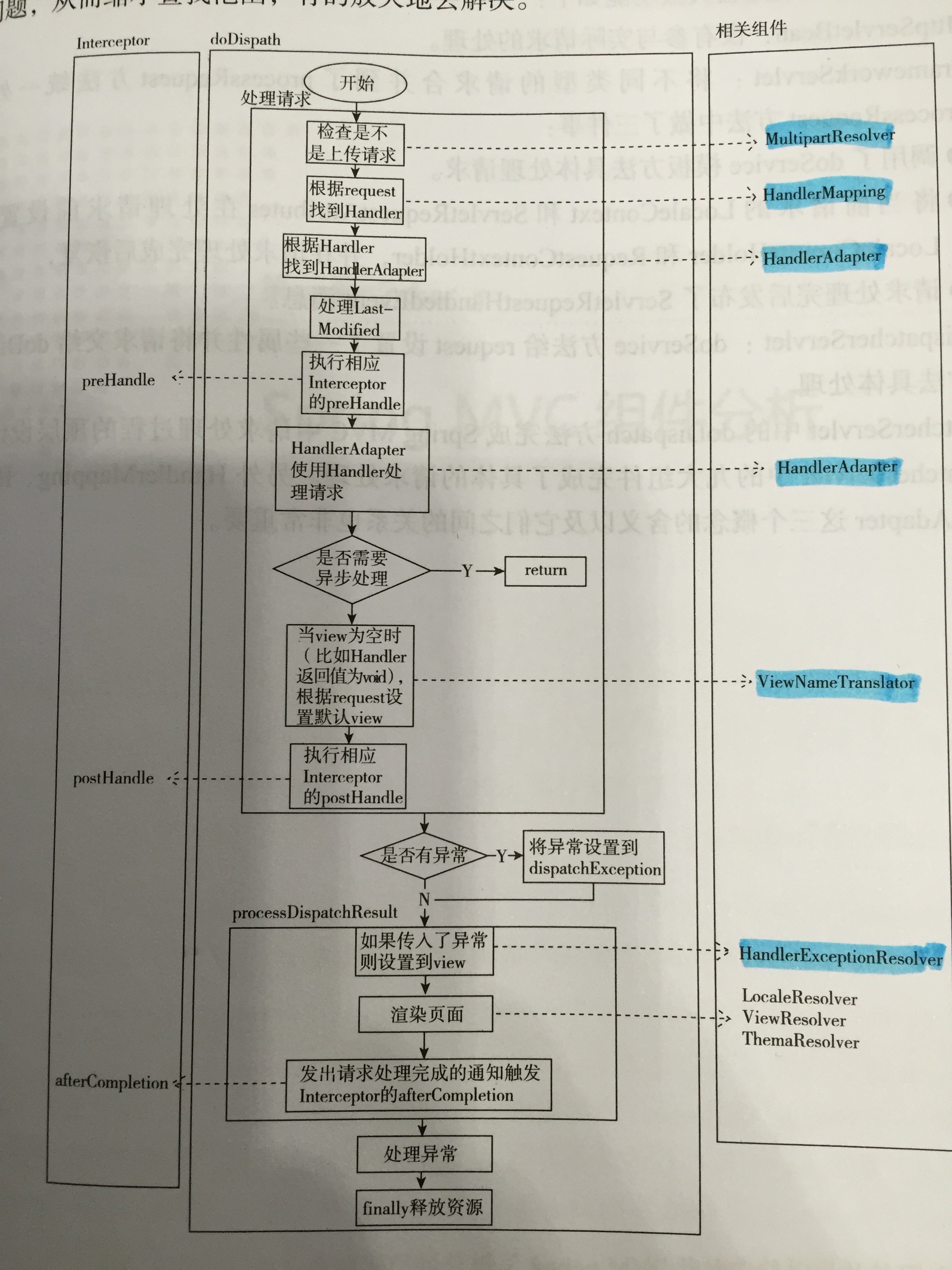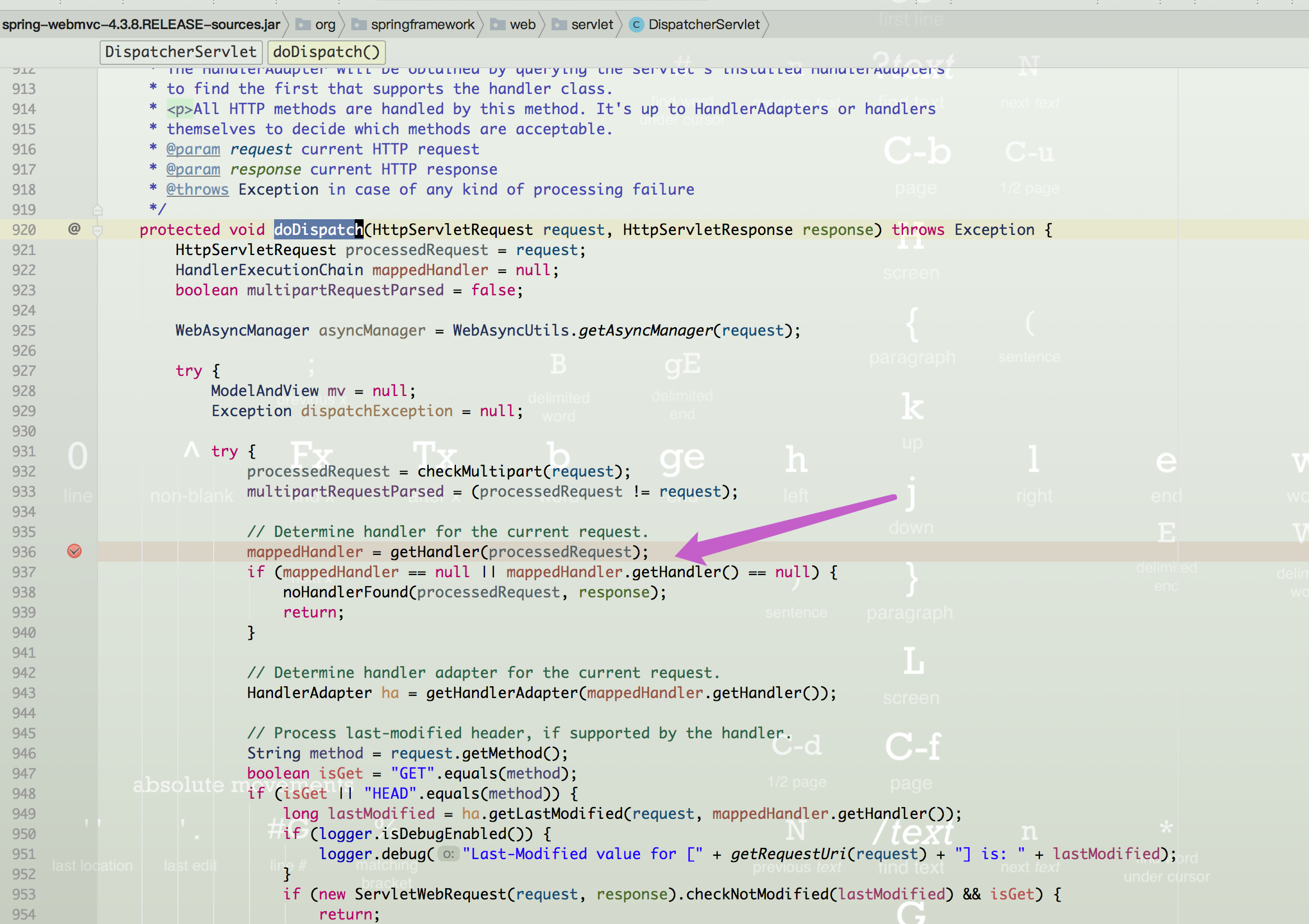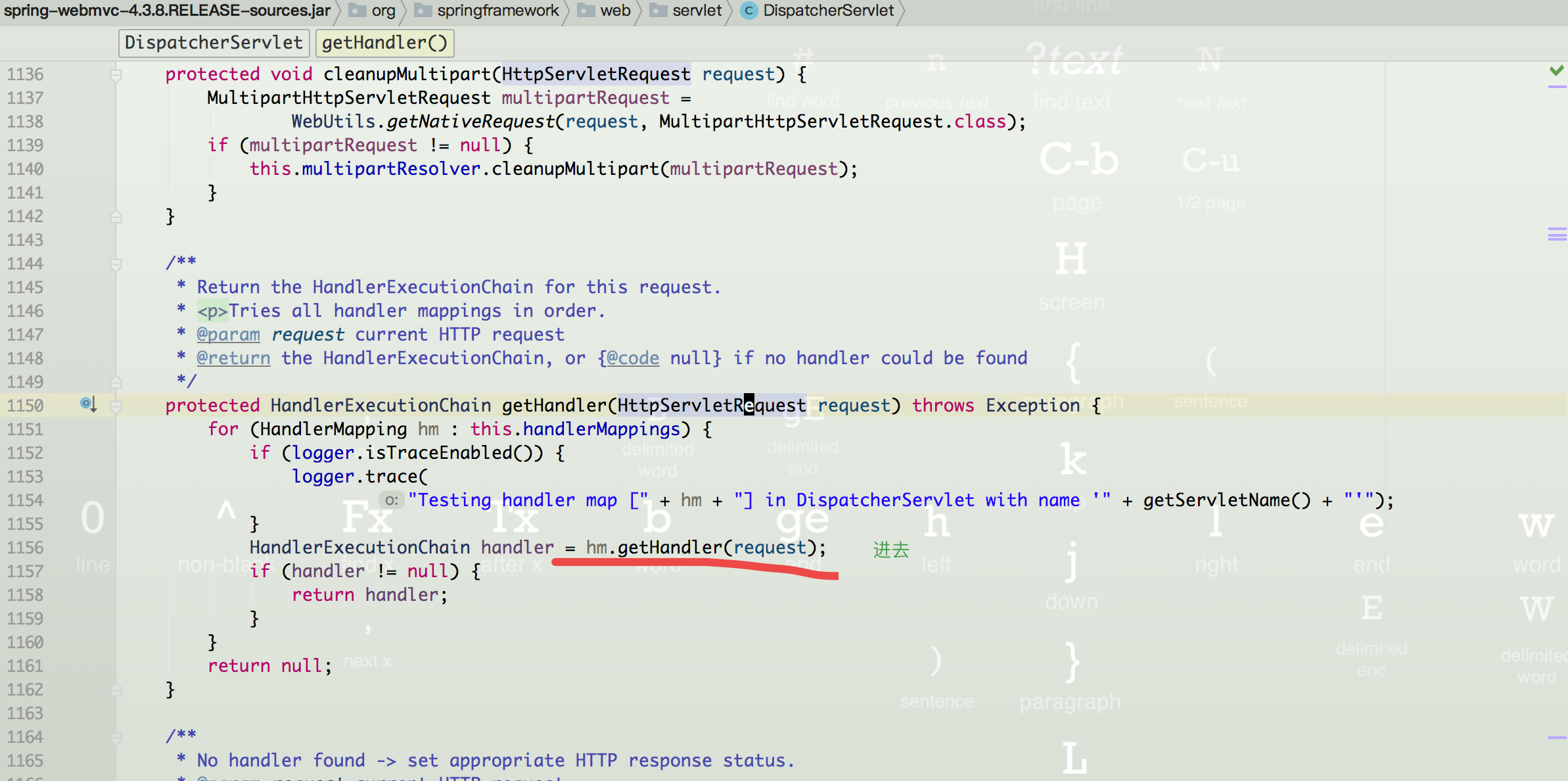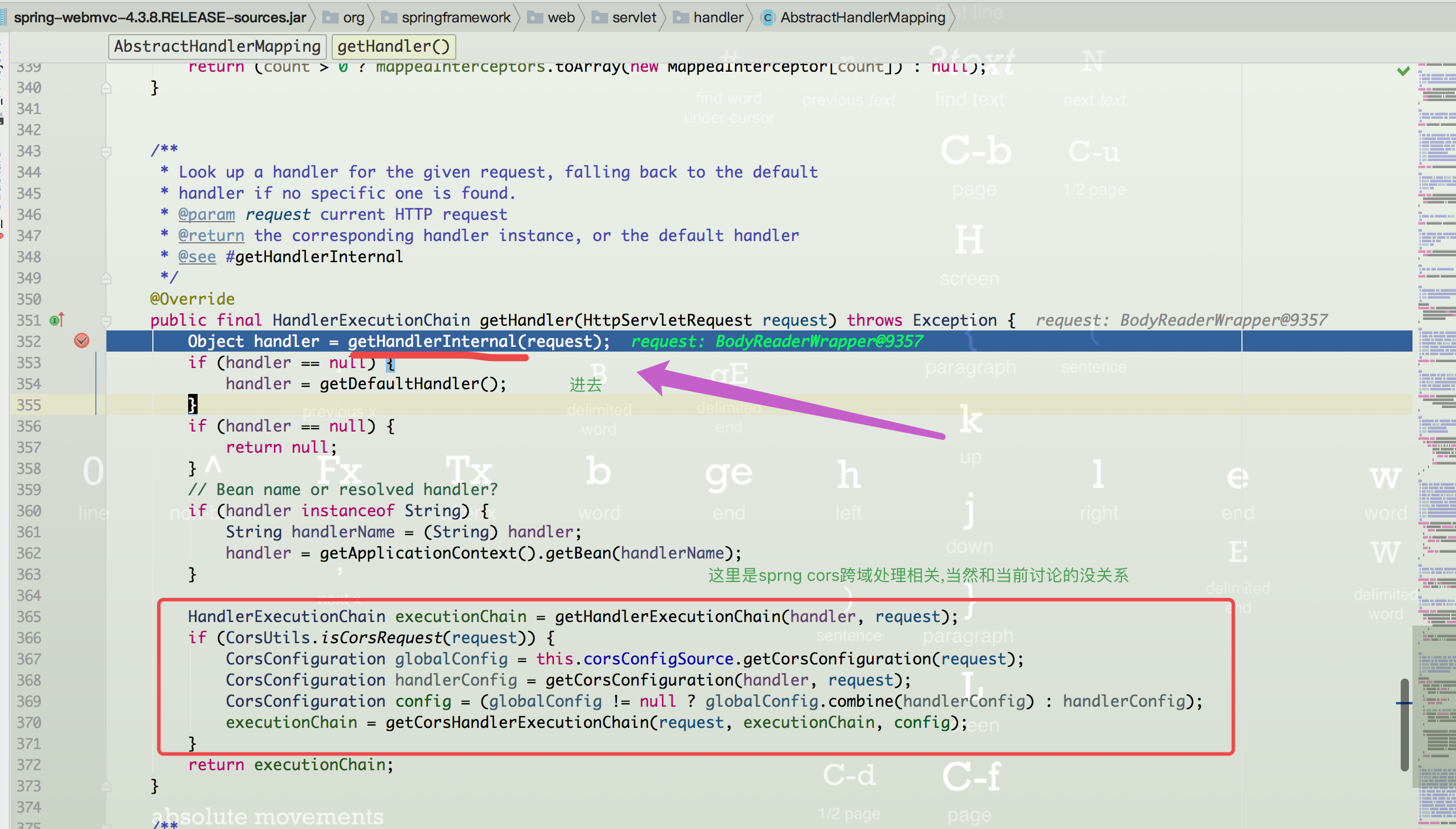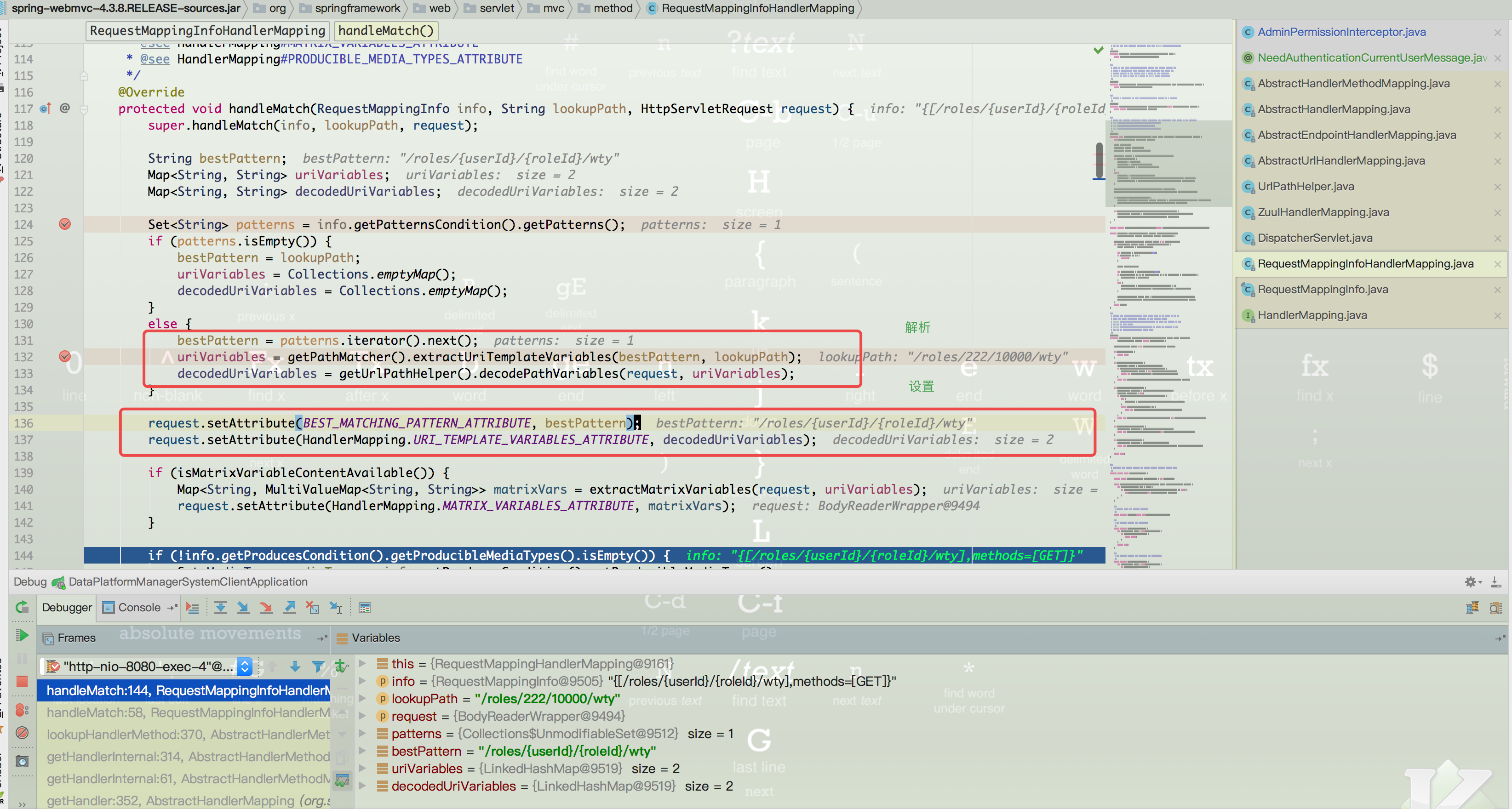1
2
3
4
5
6
7
8
9
10
11
12
13
14
15
16
17
18
19
20
21
22
23
24
25
26
27
28
29
30
31
32
33
34
35
36
37
38
39
40
41
42
43
44
45
46
47
48
49
50
51
52
53
54
55
56
57
58
59
60
61
62
63
64
65
66
67
68
69
70
71
72
73
74
75
76
77
78
79
80
81
82
83
84
85
86
87
88
89
90
91
92
93
94
95
96
97
98
99
100
101
102
103
104
105
106
107
108
109
110
111
112
113
114
115
116
117
118
119
120
121
122
123
124
125
126
127
128
129
130
131
132
133
134
135
136
137
138
139
140
141
142
143
144
145
146
147
148
149
150
151
152
153
154
155
156
157
158
159
160
161
162
163
164
165
166
167
168
169
170
171
172
173
174
175
176
177
178
179
180
181
182
183
184
185
186
187
188
189
190
191
192
193
194
195
196
197
198
199
200
201
202
203
204
205
206
207
208
209
210
211
212
213
214
215
216
217
218
219
220
221
222
223
224
225
226
227
228
229
230
231
232
233
234
235
236
237
238
239
240
241
242
243
244
245
246
247
248
249
250
251
252
253
254
255
256
257
258
259
260
261
262
263
264
265
266
267
268
269
270
271
272
273
274
275
276
277
278
279
280
281
282
283
284
285
286
287
288
289
290
291
292
293
294
295
296
297
298
299
300
301
302
303
304
305
306
307
308
309
310
311
312
313
314
315
316
317
318
319
320
321
322
323
324
325
326
327
328
329
330
331
332
333
334
335
336
337
338
339
340
341
342
343
344
345
346
347
348
349
350
|
@ToString
@Getter
@Setter
@Accessors( chain = true )
public final class ResponseEntity < T > {
public static final String WILDCARD_ALL = "*";
private volatile String statusCode = StatusCode.BAD_REQUEST.getStatusCode();
private volatile String statusMessage = StatusCode.BAD_REQUEST.getStatusMessage();
private volatile T responseContent = null;
private volatile Set< String > optionalFilterFields = null;
@JsonIgnore
private volatile String filterFields = WILDCARD_ALL;
public ResponseEntity () {
}
public ResponseEntity ( final String statusCode ) {
this( statusCode, null, null );
}
public ResponseEntity ( final String statusCode, final String statusMessage ) {
this( statusCode, statusMessage, null );
}
public ResponseEntity ( final String statusCode, final String statusMessage, final T responseContent ) {
this.statusCode = statusCode;
this.statusMessage = statusMessage;
this.responseContent = responseContent;
}
public static ResponseEntity empty () {
return new ResponseEntity();
}
public static ResponseEntity ok ( final StatusCode ok, final String message ) {
return new ResponseEntity( ok.getStatusCode(), message );
}
public static ResponseEntity badRequest ( final StatusCode fail, final String message ) {
return new ResponseEntity( fail.getStatusCode(), message );
}
public static ResponseEntity ok () {
return ok( StatusCode.OK.getStatusCode(), StatusCode.OK.getStatusMessage() );
}
public static ResponseEntity ok ( final String message ) {
return ok( StatusCode.OK.getStatusCode(), message );
}
public static ResponseEntity ok ( final String ok, final String message ) {
return new ResponseEntity( ok, message );
}
public static ResponseEntity internalServerError ( final String message ) {
return new ResponseEntity( StatusCode.INTERNAL_SERVER_ERROR.getStatusCode(), message );
}
public static ResponseEntity internalServerError ( final StatusCode error, final String message ) {
return new ResponseEntity( error.getStatusCode(), message );
}
public static ResponseEntity badRequest () {
return badRequest( StatusCode.BAD_REQUEST.getStatusCode(), StatusCode.BAD_REQUEST.getStatusMessage() );
}
public static ResponseEntity badRequest ( final String message ) {
return badRequest( StatusCode.BAD_REQUEST.getStatusCode(), message );
}
public static ResponseEntity badRequest ( final String fail, final String message ) {
return new ResponseEntity( fail, message );
}
public static ResponseEntity forbidden () {
return forbidden( StatusCode.FORBIDDEN.getStatusMessage() );
}
public static ResponseEntity forbidden ( final String message ) {
return new ResponseEntity( StatusCode.FORBIDDEN.getStatusCode(), message );
}
public static ResponseEntity unauthorized () {
return unauthorized( StatusCode.UNAUTHORIZED.getStatusMessage() );
}
public static ResponseEntity unauthorized ( final String message ) {
return new ResponseEntity( StatusCode.UNAUTHORIZED.getStatusCode(), message );
}
public static ResponseEntity serviceUnavailable () {
return serviceUnavailable( StatusCode.SERVICE_UNAVAILABLE.getStatusMessage() );
}
public static ResponseEntity serviceUnavailable ( final String message ) {
return new ResponseEntity( StatusCode.SERVICE_UNAVAILABLE.getStatusCode(), message );
}
public ResponseEntity add ( final String key, final Object value ) {
if ( null == this.responseContent ) {
this.responseContent = ( T ) new HashMap< String, Object >();
Map< String, Object > content = ( Map< String, Object > ) this.responseContent;
content.put( key, value );
return this;
}
if ( ! ( this.responseContent instanceof Map ) ) {
return this;
}
( ( Map ) this.responseContent ).put( key, value );
return this;
}
public ResponseEntity reflectionToOptionalFilterFields ( final Class clazz ) {
final Field[] declaredFields = clazz.getDeclaredFields();
this.optionalFilterFields = new LinkedHashSet<>( declaredFields.length );
for ( Field declaredField : declaredFields ) {
if ( "serialVersionUID".equalsIgnoreCase( declaredField.getName() ) ) {
continue;
}
optionalFilterFields.add( declaredField.getName() );
}
return this;
}
public ResponseEntity setFilterFields ( final String filterFields ) {
if ( null == filterFields || WILDCARD_ALL.equals( filterFields ) ) {
return this;
}
StringBuilder buffer = new StringBuilder( WILDCARD_ALL ).append( ",responseContent[" );
if ( this.getResponseContent() instanceof PageInfo ) {
buffer.append( "*,list[" )
.append( filterFields )
.append( "]]" );
} else {
buffer.append( filterFields )
.append( "]" );
}
this.filterFields = buffer.toString();
return this;
}
public ResponseEntity setFilterFieldsAndFlush ( final String filterFields ) {
return this.setFilterFields( filterFields ).filterFieldsFlush();
}
public ResponseEntity filterFieldsFlush () {
return JsonUtils.jsonToType( this.toJson(), this.getClass() );
}
public String toJson () {
if ( this.isNotFieldsFilter() ) {
return JsonUtils.toJson( this );
}
return JsonUtils.toFilterJson( this, this.getFilterFields() );
}
@JsonIgnore
public boolean isOk () {
return StatusCode.OK.getStatusCode().equals( this.getStatusCode() );
}
@JsonIgnore
public boolean isNotOk () {
return ! isOk();
}
@JsonIgnore
public boolean isFieldsFilter () {
return ! this.isNotFieldsFilter();
}
@JsonIgnore
public boolean isNotFieldsFilter () {
return null == this.getFilterFields() || WILDCARD_ALL.equals( this.getFilterFields() );
}
public enum StatusCode {
OK( "200", "请求成功" ),
CREATED( "201", "操作成功" ),
OK_NOT_HANDLER( "202", "收到请求" ),
NO_CONTENT( "204", "数据删除成功" ),
BAD_REQUEST( "400", "请求失败" ),
UNAUTHORIZED( "401", "身份验证失败" ),
FORBIDDEN( "403", "权限不足" ),
NOT_FOUND( "404", "记录不存在" ),
NOT_ACCEPTABLE( "404", "请求格式错误" ),
REQUEST_TIME_OUT( "408", "服务器等待客户端发送的请求时间过长,超时" ),
GONE( "410", "请求的资源被永久删除" ),
UNPROCESSABLE_ENTITY( "422", "验证失败" ),
TOO_MANY_REQUESTS( "429", "太多的请求" ),
TRADE_REPETITION( "460", "重复交易" ),
INTERNAL_SERVER_ERROR( "500", "请求出错" ),
SERVICE_UNAVAILABLE( "503", "由于临时的服务器维护或者过载,服务器当前无法处理请求" );
private final String statusCode;
private final String statusMessage;
StatusCode ( String statusCode, String statusMessage ) {
this.statusCode = statusCode;
this.statusMessage = statusMessage;
}
public String getStatusMessage () {
return statusMessage;
}
public String getStatusCode () {
return statusCode;
}
}
}
|

